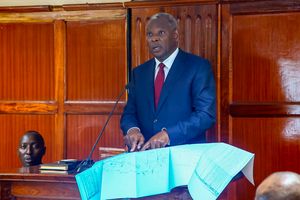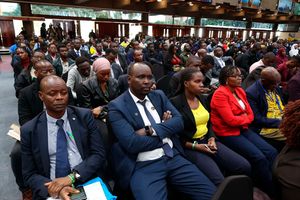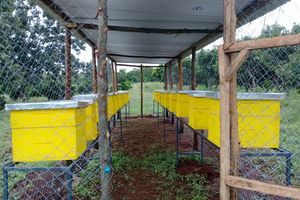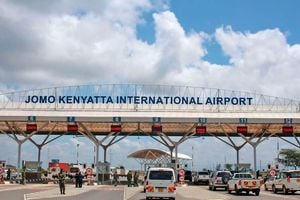
Rebecca Miano, the Cabinet Secretary for Investment, Trade, and Industry.
How well are we prepared and how much capacity do we have in trade negotiation skills and knowledge of trade issues? What are we doing to mainstream trade policy issues? How high does the Ministry of Trade rank in terms of budgetary allocations?
I find these questions pertinent because President William Ruto is on a state visit to the United States, where trade issues are expected to feature prominently in discussions. Kenya is preparing the ground for more binding and reciprocal trade relationships with the US.
We urgently need to build capacity to help us participate effectively in shaping trade negotiations and take full advantage of the agreements we sign with partners.
Despite the fact that trade accounts for a large and growing proportion of national output, capacity—both in terms of human resources and institutional competence—is just not adequate. This is a pity because we are in an environment where we find ourselves involved in multiple memberships of trading blocs—often with overlapping functions—the upshot of which is that we find ourselves engaged in constant negotiations.
Tariff policy
We are yet to put the trade function where it belongs in terms of status and rank within the organisation of government. The Trade ministry’s budget is dismally inadequate. I am yet to appreciate the wisdom of spreading the trade function and mandate among three ministries—Investment, Trade and Industrialisation; East Africa Cooperation; and Foreign Affairs.
Indeed, Trade has historically been put on the back burner as regards tariff policy. The mandate used to be in the hands of the then-Directorate of Fiscal and Monetary Affairs. But the function is now the exclusive reserve of the National Treasury’s Directorate of Economic Affairs and the Kenya Revenue Authority. We have to strengthen trade policy because we have to deal with complex, concurrent and overlapping negotiations and agreements at different levels—multilateral, inter-continental and regional trading blocs.
To appreciate just how lack of capacity in trade negotiation skills is a big problem in these parts of the world, look at what has been happening in the East African community. The economic integration project in this bloc has been moving at a snail’s pace. We have had a customs union protocol, complete with a common external tariff, regime since January 2005. But almost 20 years down the line, we still don’t have even a common customs administration.
Instead, what we have witnessed is the proliferation of non-tariff barriers—police roadblocks, weighbridges, multiple forms and documents which must be signed at Customs entry points and a host of border controls.
Way back in July 2010, we signed a fully-fledged Common Market Protocol that came with hopes of free movement of labour, services capital and right of establishment. But progress has been very slow.
This brings me back to President Ruto’s visit to the US and trade relations between Nairobi and Washington.
Free Trade Agreement
You will remember that then-US President Donald Trump offered Kenya a Free Trade Agreement (FTA)—completely out of the blue—in February 2020. Congress was notified, as required, notices put out in the Federal Register and the objectives of the negotiations published in compliance with laws that stipulate the notice be put out at least 30 days before negotiation begin.
Approval to negotiate an FTA with Kenya covered 12 months to June 30, 2021. What happened thereafter remains unclear. But it would appear the parties realised that the Kenyan side did not have capacity and the negotiations skills to progress the deal.
In September 2020, it seemed the parties had agreed that tenders be floated for advisers and consultants to support Kenya through the FTA process. Nairobi responded by putting out the tenders, which they proceeded to cancel before closure.
As it turned out, the congressional approval for the FTA lapsed.
In July 2022, the US and Kenya announced a new arrangement under the so-called a Trade and Investment Partnership (STIP). Progress in negotiations that have been going in nine areas—including agriculture, anti-corruption, digital trade, environment and climate change, and workers’ rights and protection—have been slow.
My parting shot: The importance of trade and preferential access to US markets is important. But our own experience with Agoa has demonstrated that access to US markets can only help you when you have demonstrable capacity to ramp up export capacity and where there is room for significant trade-offs.
Despite the fact that Agoa gives Kenya preferential access to almost 6,500 items, its impact has hardly gone beyond textiles and apparel by designated export enclaves under the Export Processing Zones programme.










